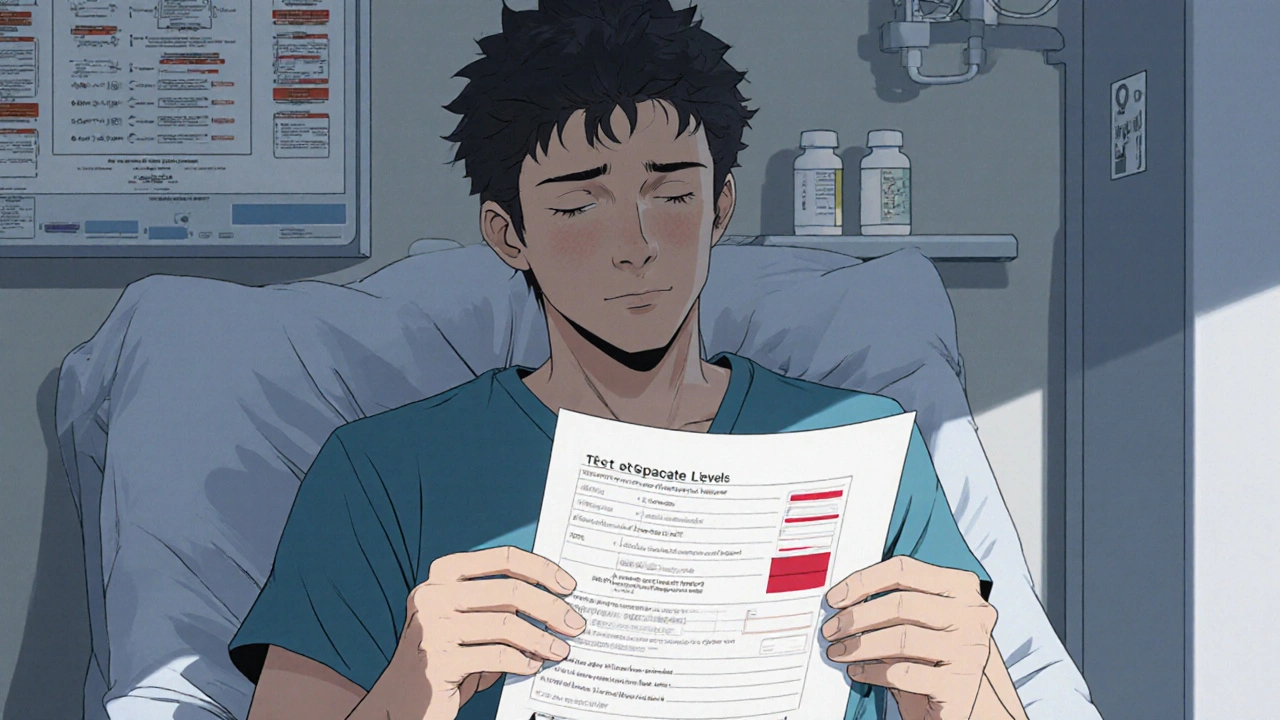Opioid Side Effects: What You Need to Know Before Taking These Pain Meds
When you take opioids, a class of powerful pain-relieving drugs that include oxycodone, hydrocodone, morphine, and fentanyl. Also known as narcotics, they work by binding to nerve receptors in your brain and spinal cord to block pain signals. But they don’t just numb pain—they change how your brain functions, which is why even short-term use can lead to serious side effects.
Opioid side effects aren’t just about feeling drowsy or nauseous. They can include slowed breathing, constipation, confusion, and a dangerous drop in blood pressure. Over time, your body gets used to them, which means you need more to get the same relief—and that’s when dependence starts. Withdrawal isn’t just uncomfortable; it can include muscle aches, insomnia, vomiting, and intense cravings. Many people don’t realize how quickly this can happen—even after just a few weeks of prescribed use. Studies show that nearly 1 in 4 people who take opioids long-term for chronic pain end up struggling with addiction. And it’s not just about pills: fentanyl, a synthetic opioid 50 to 100 times stronger than morphine, is now behind most overdose deaths in the U.S.
These risks don’t just affect people who misuse drugs. Even those taking opioids exactly as prescribed face real dangers. Older adults are more sensitive to their effects. People with sleep apnea or liver disease are at higher risk for breathing problems. And mixing opioids with alcohol, benzodiazepines, or even some antidepressants can be deadly. The opioid withdrawal, a set of physical and psychological symptoms that occur when someone stops taking opioids after regular use is often misunderstood—it’s not just a matter of willpower. It’s a biological response your body can’t control without medical help. That’s why tapering off slowly under a doctor’s care is so important. And if you’re on long-term opioids, you should be regularly checked for signs of tolerance, mental health changes, or signs of misuse.
There’s a growing shift in medicine away from opioids for everyday pain. For back pain, arthritis, or headaches, options like physical therapy, NSAIDs, or nerve-targeted treatments often work better with far fewer risks. Even for severe pain after surgery, doctors are now using multi-modal approaches—combining small doses of opioids with non-addictive meds like acetaminophen or gabapentin—to reduce dependency. If you’re currently on opioids, ask your doctor: Is this still the best option? Are there safer alternatives? How do I know if I’m developing a problem?
The posts below give you real, practical details on what happens when you take these drugs, how to spot warning signs, what alternatives exist, and how to protect yourself or a loved one. You’ll find clear comparisons, firsthand risk assessments, and no-nonsense advice on managing pain without putting your health at risk.
Opioids and Low Testosterone: Symptoms and How to Treat It
Long-term opioid use can cause low testosterone, leading to fatigue, low libido, and muscle loss. Learn the symptoms, how it’s diagnosed, and effective treatment options-including testosterone therapy and lifestyle changes.
© 2025. All rights reserved.

